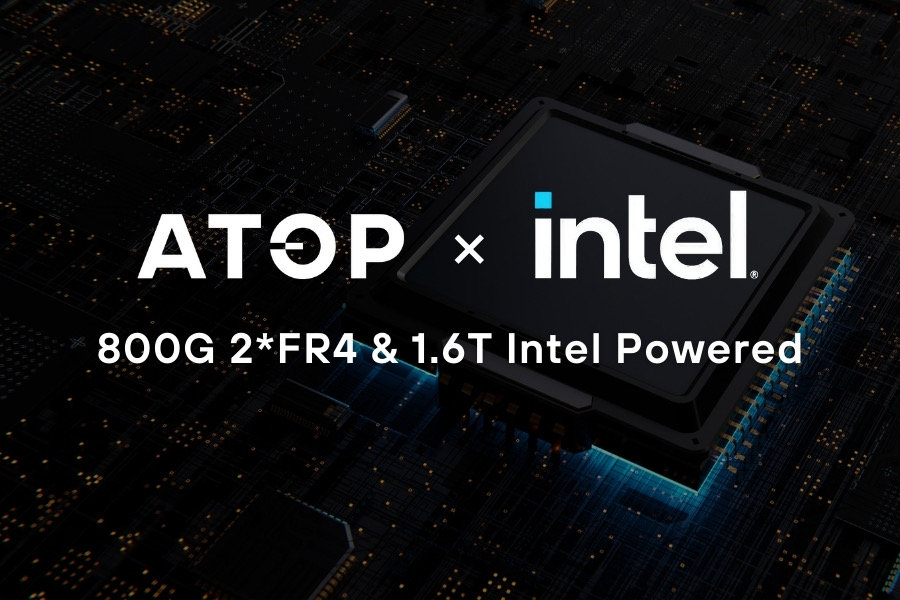
Blog 800G Silicon Photonics Transceivers: Powering AI and Emerging Technologies
800G Silicon Photonics Transceivers: Powering AI and Emerging Technologies
In the ever-evolving technological landscape, 800G silicon photonics transceivers have emerged as a cornerstone for advanced AI applications, cloud computing, data centers, autonomous driving, embodied robotics, and beyond. These transceivers are essential for achieving low-latency, high-bandwidth data transmission, enhancing the efficiency and responsiveness of AI systems. This results in significant benefits across various domains, from reducing training times for AI models in data centers to enabling real-time decision-making in autonomous vehicles and smart factories. Their low power consumption also makes them a critical component for sustainable technology infrastructures. In this article, we will delve into the specific applications and advantages of 800G silicon photonics transceivers across different cutting-edge technologies, showcasing their transformative impact.
AI Applications
AI applications, particularly in machine learning and deep learning, require vast amounts of data to be processed and transmitted quickly. 800G silicon photonics transceiverscan enhance AI performance by offeringlow latency and high-bandwidthdata transmission,, reducing the time it takes for AI systems to communicate with data storage and processing units. For instance, AI models like GPT-4 or autonomous systemsneed to process real-time data, and slow transmission can lead to delays in decision-making, which would negatively affect performance. The high-speed and low-latency capabilities of 800G silicon photonicstransceiverscan enable AI systems to handle more data-intensive tasks, improving their efficiency and responsiveness. Additionally, low power consumption is critical in data-heavy AI environments to reduce operational costs and energy footprints.
Example: In a data center dedicated to training AI models like GPT-4 or other deep learning models, 800G silicon photonics transceivers enable faster communication between servers and data storage systems, significantly cutting training times. This translates into quicker deployment of AI models, providing businesses with faster insights and more agile decision-making.
Data Centers
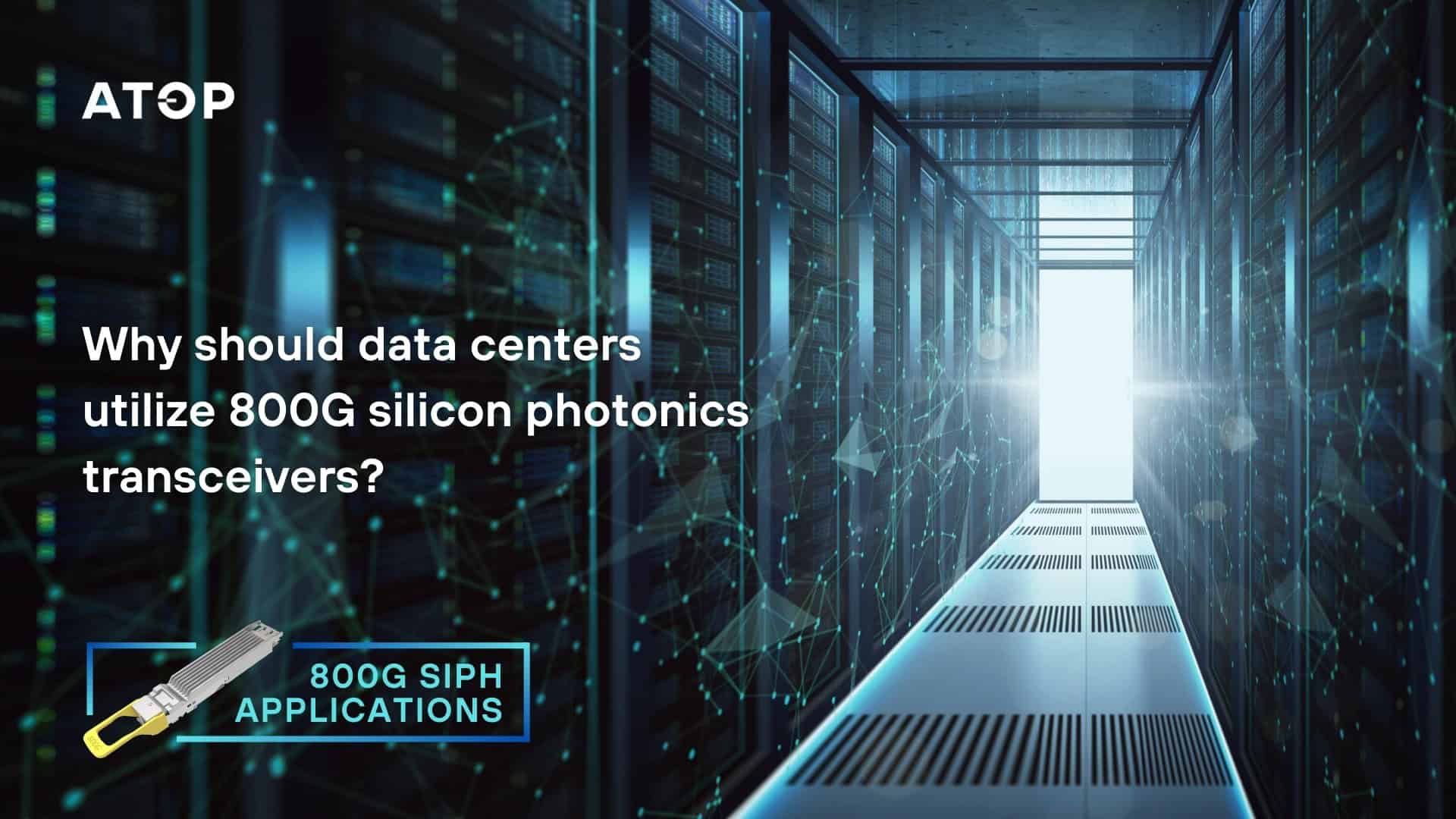
Data centers handle massive data loads from multiple sources, and they require scalable, efficient infrastructure. Thelow power consumption and the high level integration of 800G silicon photonics transceiversis crucial here. With the explosion of data usage, energy consumption in data centers has become a significant issue. 800G silicon photonics transceivers offer high-speed data transmission with lower power consumption, making them ideal for high-density data center environments. This not only reduces energy and operational costs but also enables data centers to support greater traffic volumes without requiring extra physical expansion or environmental impact.
Example: A hyperscale data center can significantly reduce its energy bills by switching to 800G silicon photonics transceivers, while simultaneously increasing data transfer speeds between servers, improving cloud services and reducing operational overhead.
Cloud Services
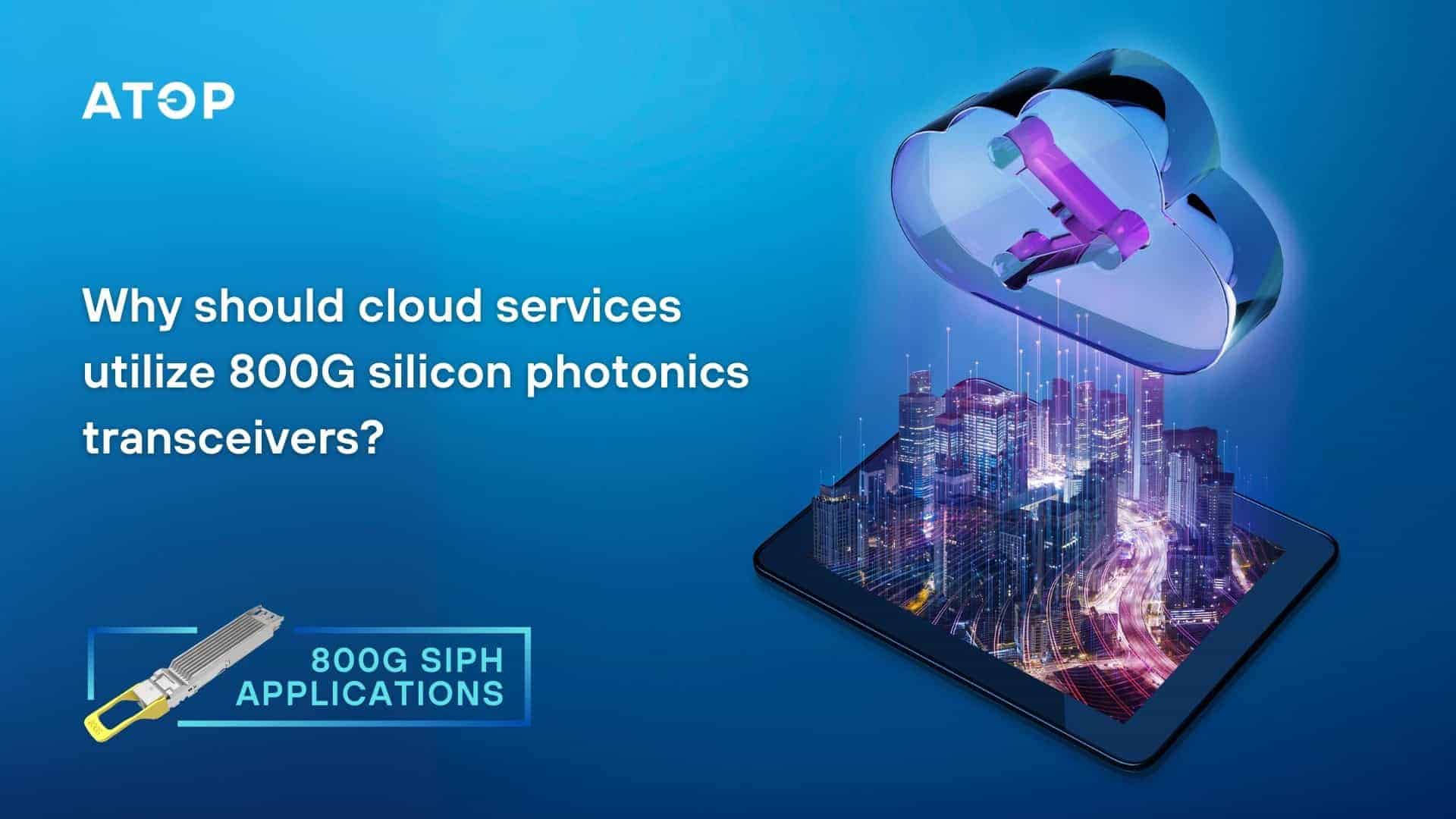
Cloud services like Amazon Web Services (AWS), Microsoft Azure, or Google Cloud rely on high-performance networking to deliver reliable, fast, and scalable solutions to millions of users concurrently, whether for storage, computing, or collaboration.800G silicon photonicstransceivers offer faster data transmission, allowing cloud service providers to offer better performance, particularly for latency-sensitive applications such as video streaming, gaming, or enterprise software. Additionally, their low-cost nature makes scaling more feasible for cloud providers.
Example: A cloud-based video streaming platform or video conferencing solution benefits from reduced buffering and enhanced video quality, as 800G silicon photonics transceivers allow for quicker data flow from cloud servers to deliver smoother, high-definition experiences to end-users, especially during peak usage times.
Industry 4.0
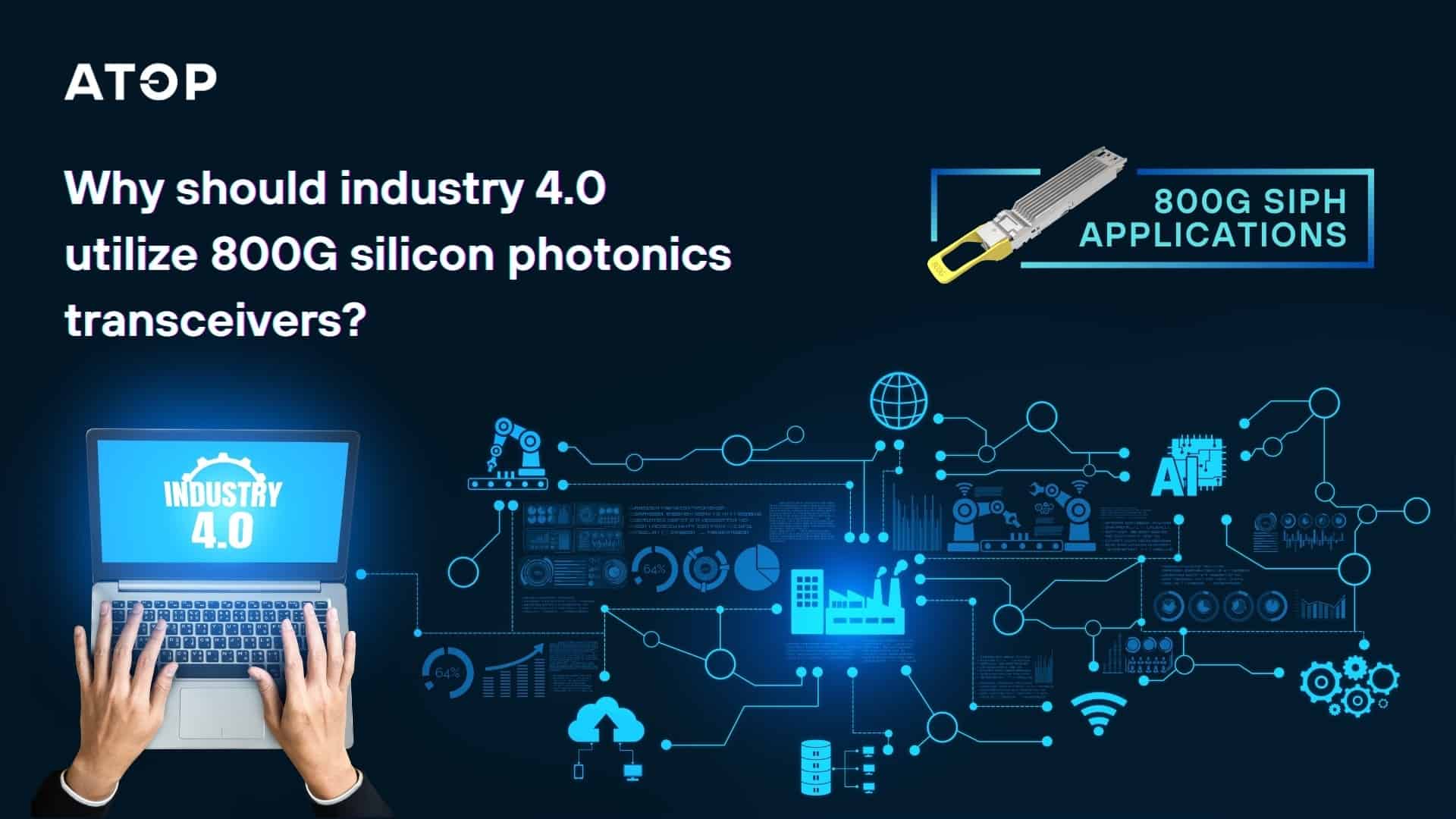
Smart factories under the Industry 4.0 model require rapid data exchanges between machines, sensors, and control systems to facilitate automation and real-time decision-making. The low latency and fast data transmission offered by 800G silicon photonics transceivers enable reliability for this industrial data flow and real-time communication between these systems, increasing operational efficiency and productivity.
Example: A smart factory producing automotive components benefits from 800G silicon photonics transceivers as the real-time exchange of data allows robots and automated systems to receive, transmit data with near-zero delay and adapt immediately to changes in production, reducing downtime, increasing throughput and optimizing production line efficiency.
VR/AR/MR
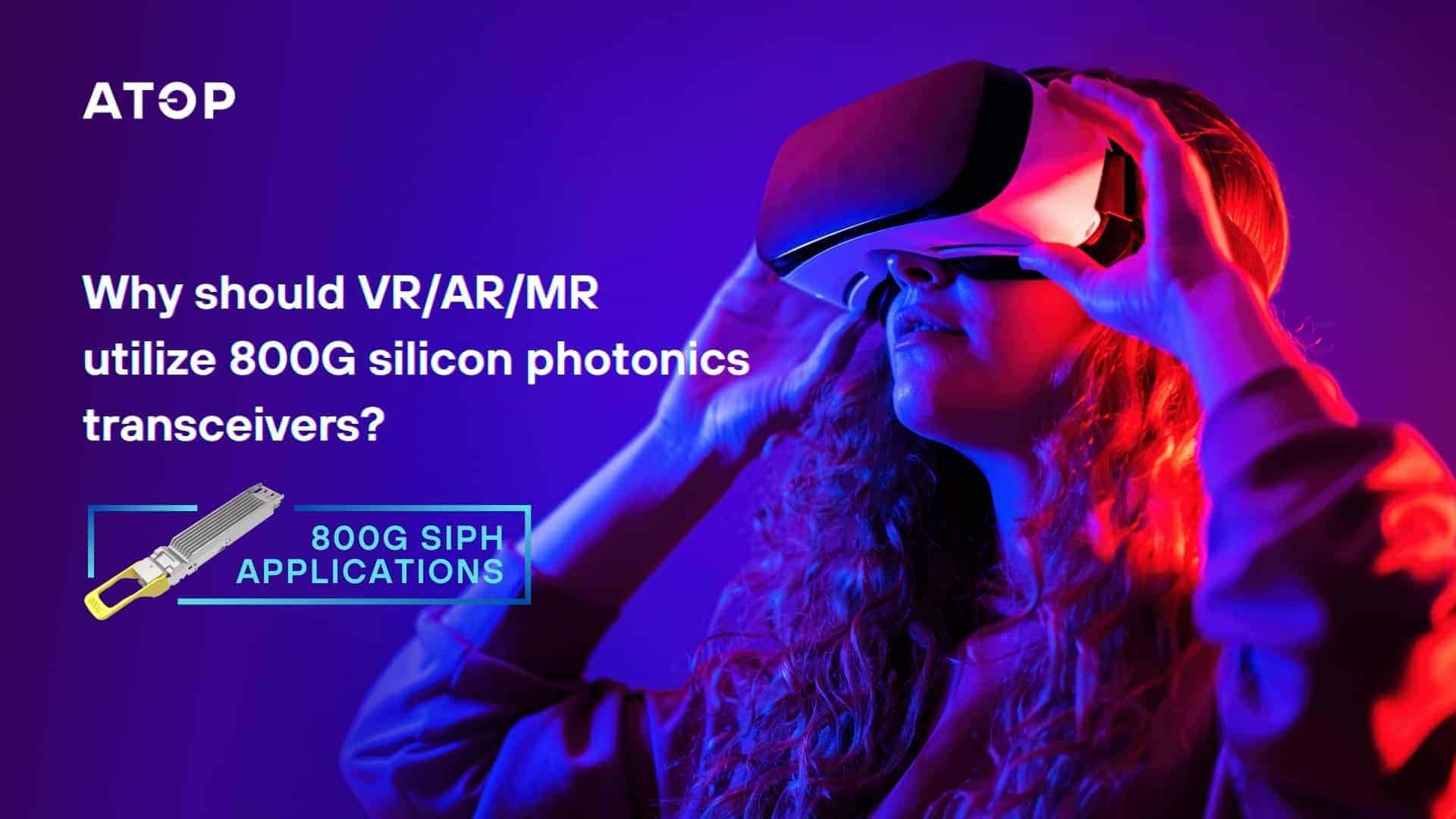
VR/AR/MR experiences demand high bandwidth and low latencyfor smooth, real-time rendering and interaction. Thefast data transmission and low-latencyof 800G silicon photonics transceivers can help deliver high-quality immersive experiences without delays or buffering, especially in high-resolution applications.
Example: A VR gaming company can offer a more seamless experience, where players interact with virtual environments without noticeable lag, due to the high-speed, low-latency data provided by 800G silicon photonics transceivers.
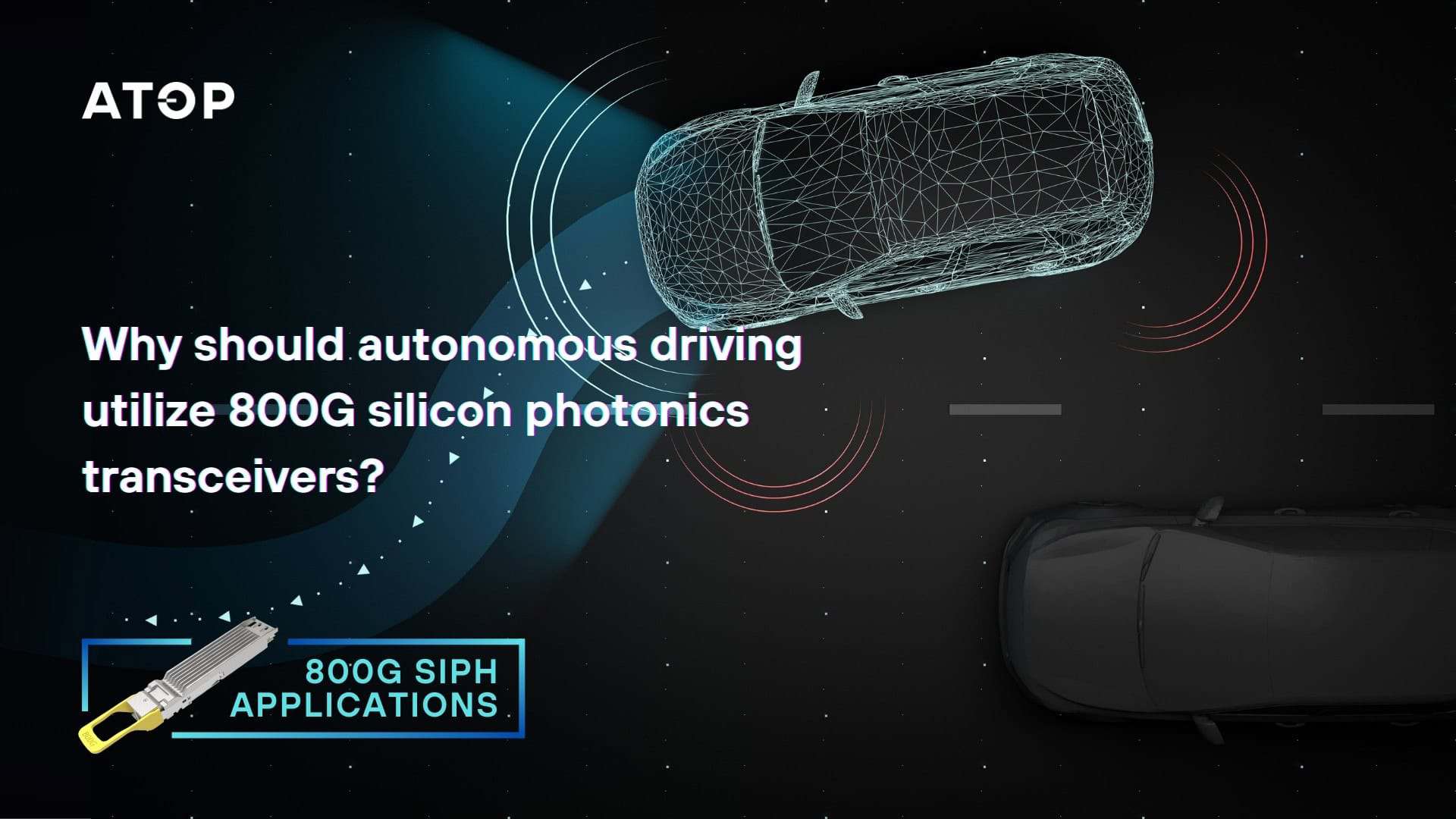
Autonomous vehicles require rapid, real-time communication with onboard sensors, cameras, and external cloud systems for decision-making.Low-latency and fast data transmissionprovided by 800G silicon photonics transceivers are essential for performance, ensuring that autonomous vehicles can respond to real-time data accurately and safely.
Example: An autonomous vehicle company can improve real-time decision-making, such as obstacle detection and navigation, by relying on silicon photonics transceivers for faster data transmission between the vehicle’s sensors and control systems, allowing safer and more efficient driving.
Embodied Artificial Intelligence
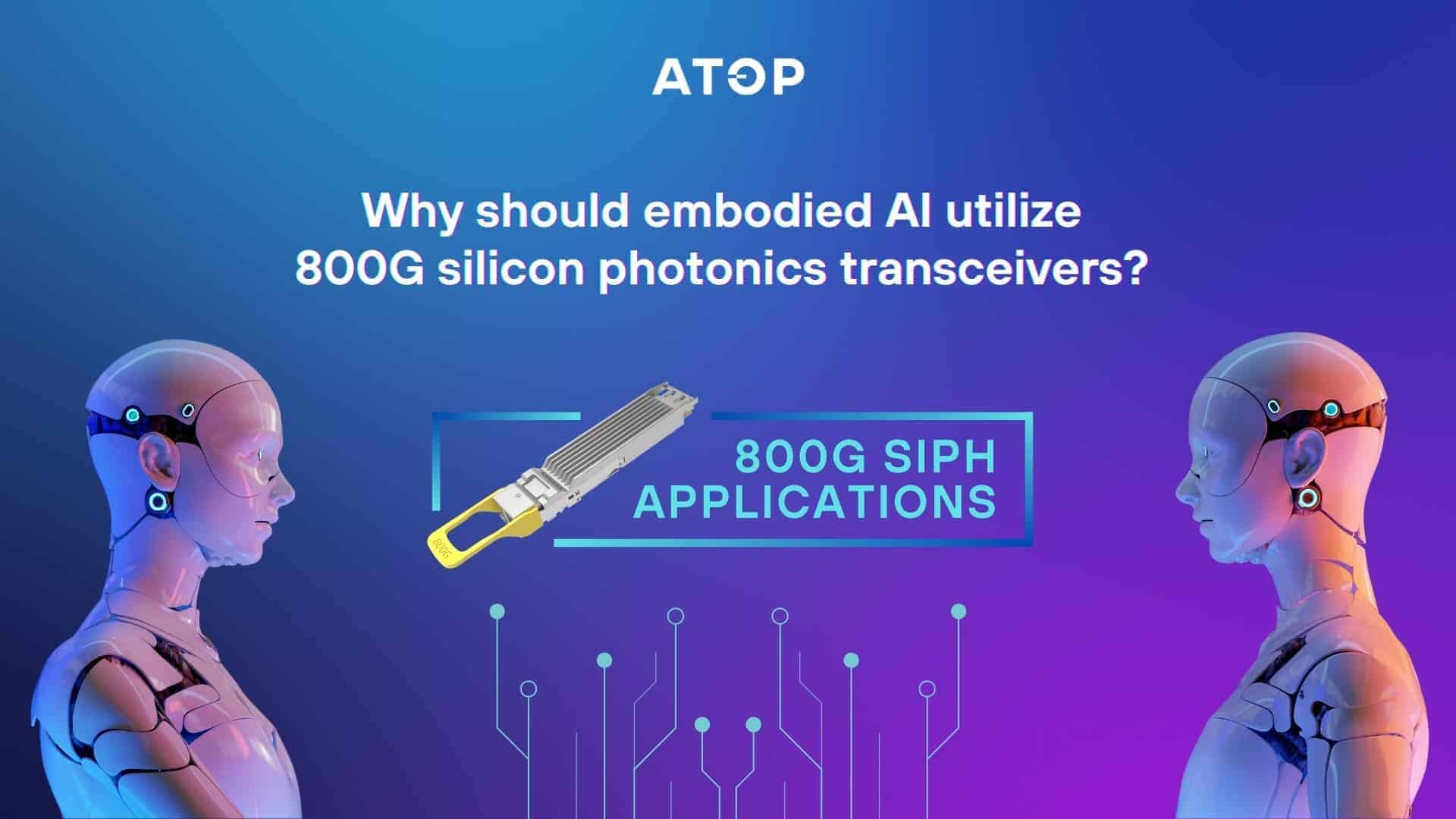
Autonomous vehicles require rapid, real-time communication with onboard sensors, cameras, and external cloud systems for decision-making.Low-latency and fast data transmissionprovided by 800G silicon photonics transceivers are essential for performance, ensuring that autonomous vehicles can respond to real-time data accurately and safely.
Example: An autonomous vehicle company can improve real-time decision-making, such as obstacle detection and navigation, by relying on silicon photonics transceivers for faster data transmission between the vehicle’s sensors and control systems, allowing safer and more efficient driving.
Share this news
Related News

Get in touch to learn more
© ATOP Corporation.


